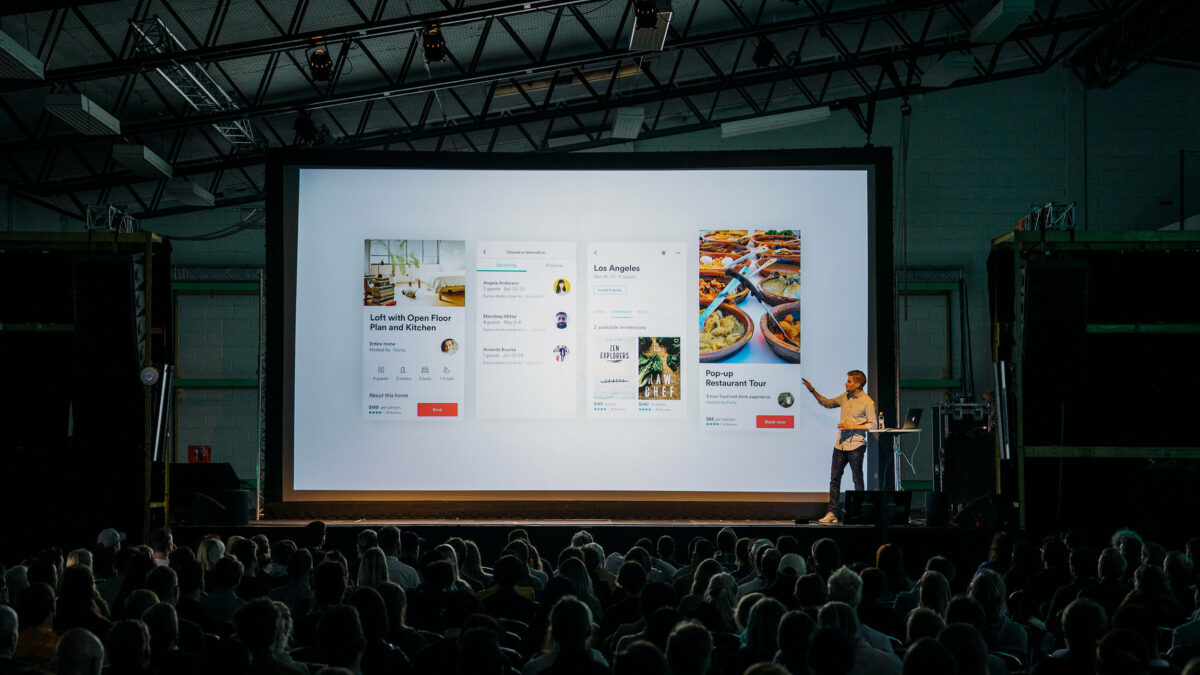
When I think of the data economy, I usually focus on either online firms like Google and LinkedIn, or large, established companies like GE and Monsanto that have invested in data and analytics-based products and services for their customers. These companies use their own data to develop their own products and services. But there are certain advantages from having third parties do this sort of work for you. They can provide independence, scale, and processes that are solely focused on helping to monetize your data.
I am sure there are many examples of this third-party phenomenon, but in this column I am going to focus on one: Cardlytics. The privately-held, Atlanta-based company, founded in 2008, is a leader in the “card-linked marketing” space. In short, they partner with almost 400 banks for secure, anonymized information about who’s spending what, where, and how much on their credit and debit cards. The data is used to target reward offers to cardholders via their online and mobile bank statements; the companies that offer the rewards view it as targeted advertising.
I first heard about Cardlytics from Bank of America, which uses the company for its BankAmeriDeals offers. I was doing a study on how companies create targeted offers. I was surprised to hear that such a large bank didn’t create its own offers, but the company’s executives explained that even a big bank like B of A would partner with an outside company to create offers for their customers.
I eventually found out that the reason was, as is often the case in the data economy, the network effects from working with Cardlytics. Advertisers value the company’s network of banking partners, and the banking partners value the network of advertisers with whom Cardlytics works. Each additional bank and advertiser brings greater value to the network. Even a really big bank like B of A couldn’t develop that on its own.
Cardlytics was co-founded by a couple of former Capital One executives, which wasn’t a surprise to me. That company was founded on the basis of its “information-based strategy”—analytics informing every major decision and customer interaction—and many of its current and former executives are analytically-minded. Cardlytics provides not only targeted offers, but also analytical insights to its advertiser customers. They can tell retailers, for example, what their share of wallet is for their top 20% of customers.
The appeal of Cardlytics’ offers for advertisers is that they are highly targeted, which leads to greater conversion levels. Cardlytics has insights into consumer purchase behavior: which retailers and restaurants, the amount spent, the date of the purchase, and the customer’s zip code. That’s about it, but it’s enough to calculate how likely the cardholder is to respond to an offer from an advertiser in a particular product category and geography. Since Cardlytics can also tell the advertiser what its share of spending is from a customer, those who are not already fully loyal to the advertiser can be the focus of offers.
Of course, there are other ways to make money with payment information. Several years ago, I had come across another monetization angle for card payments. Citi and Bank of America had both gathered aggregate payment trends on their customers, and began to make bets in equities and fixed income markets based on how consumers were spending. By all accounts it worked well for a time. I’m pretty sure B of A isn’t doing it anymore—they have their hands full recovering from the financial crisis—and I’m not sure whether Citi is.
Cardlytics, however, has more aggregate payment data than either of those banks. So I asked Craig Snodgrass, the company’s head of strategy (and another former Cap One executive) whether they sold their insights to investment banks or hedge funds. “No, that’s not our business,” he said. Snodgrass noted that his company’s focus is on rewarding consumers on their everyday purchases. He also said Cardlytics needs to balance the needs of all its constituents – banks, advertisers, and consumers. So this may be one reason for a bank to go it alone with analysis of its payments data—though it would only work if the bank had huge scale, and an investment banking unit.
But that may be the only advantage of banks monetizing their own data. Going with a third party that is focused specifically on the business of card-linked marketing, and that harnesses the power of the network, is a much easier route. And there’s a lot to be said for a 360-degree view of customer purchase behavior on millions of customers. Is there an intermediary like Cardlytics in the future of your company’s data economy?
Originally published in WSJ’s CIO Journal